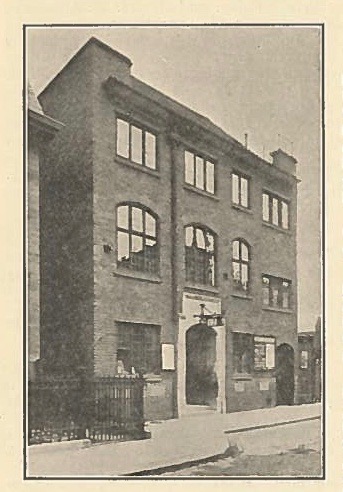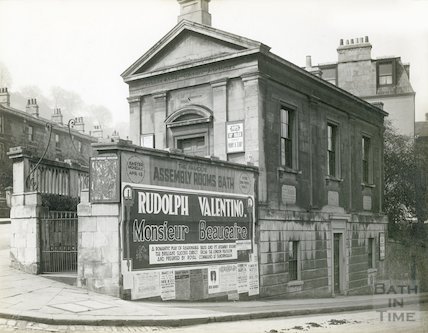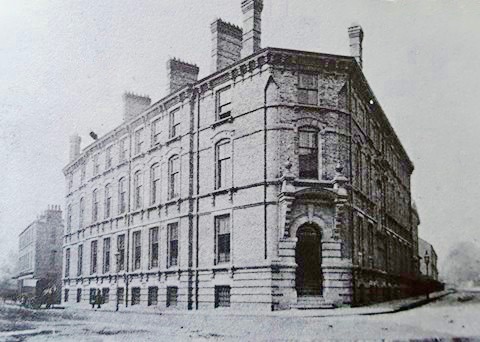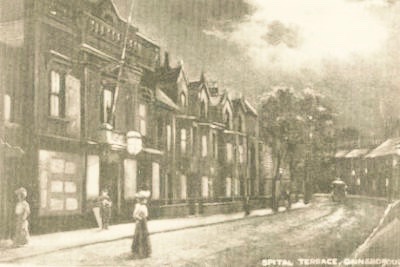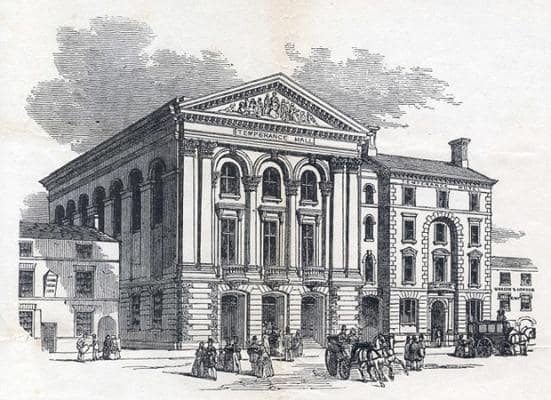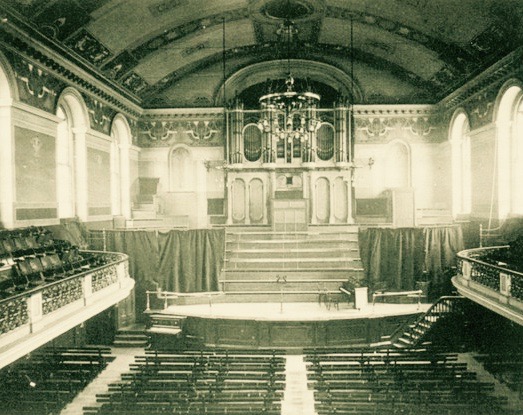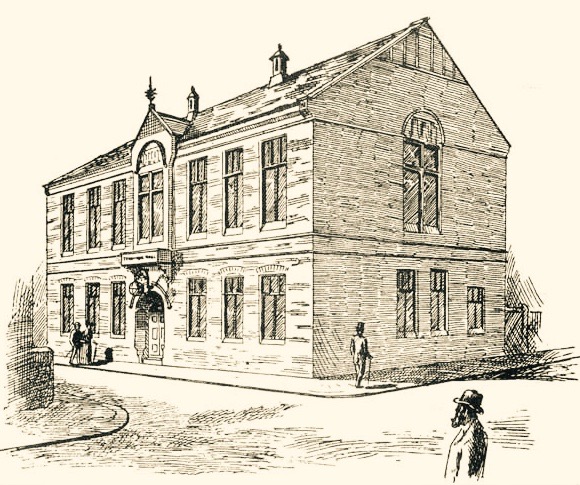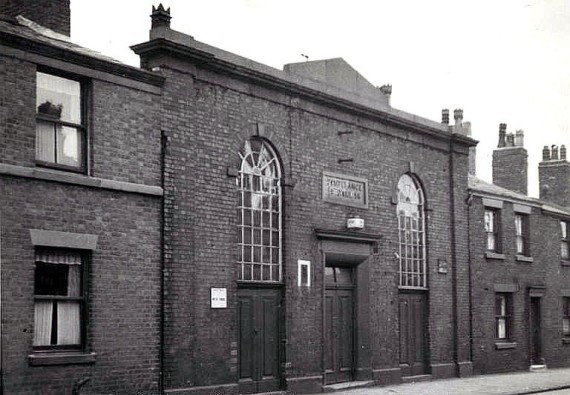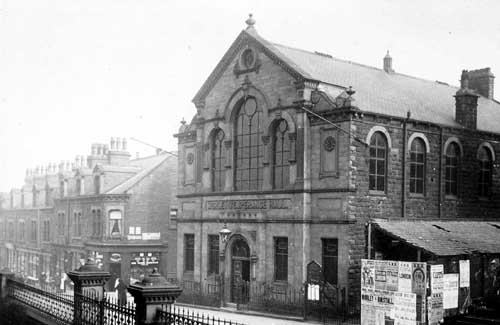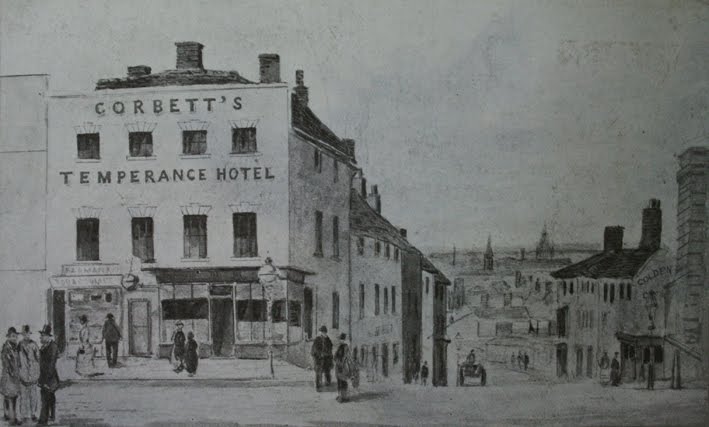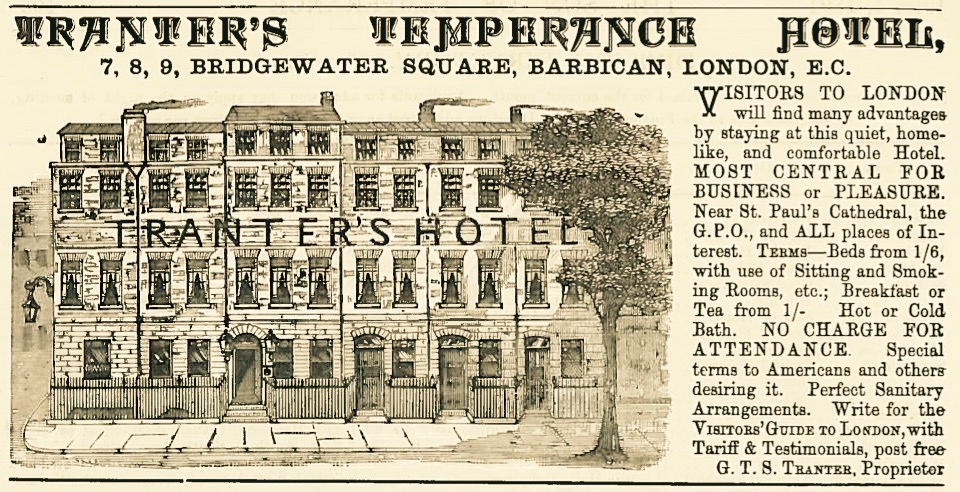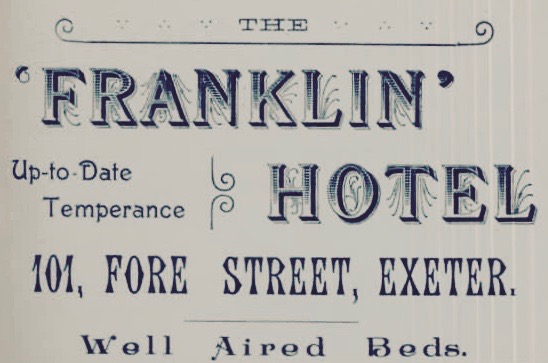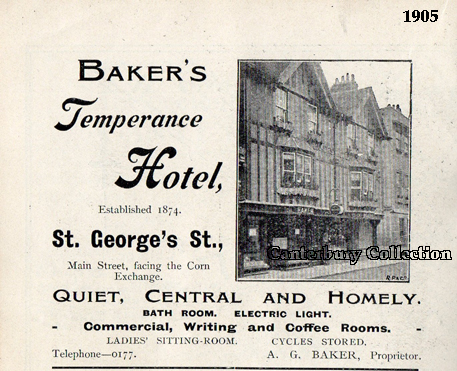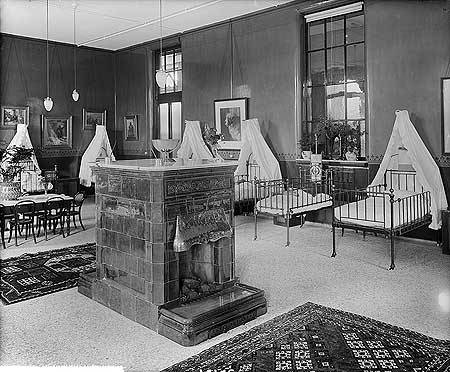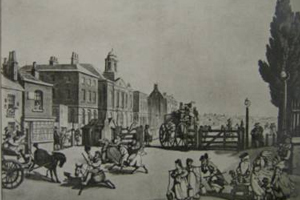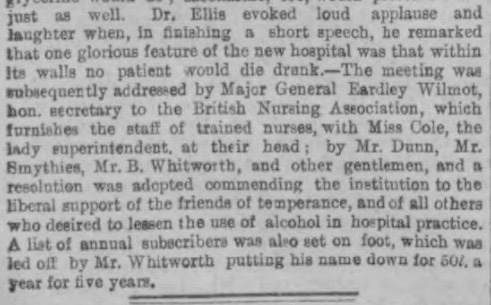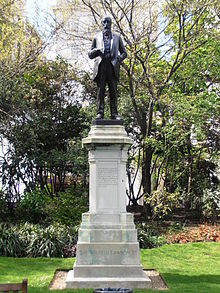Temperance Buildings: A Comprehensive Overview
- Kekeli
- May 17, 2019
- 2 min read
From Halls to Hospitals, the Temperance movement prompted the construction of a variety of buildings, a lot of which stand today. Besides the infamous Alliance House, there are a number of notable buildings the movement is responsible for! Read more and click through interactive galleries that demonstrate the work the movement is responsible for.

In the early 19th Century there were very few alternatives to meeting in Inns or Public Houses. For many small villages and towns, all social life was centred on the local Inn: what transport there was used the Inn as staging posts, coroners held inquests in them and some employers even used them as wages offices (with an obvious temptation). Ironically a number of the early Temperance meetings were even held in Inns.
With the shift in population to urban centres, as the Industrial Revolution gathered pace there was a lack of recreational facilities for working people.
Temperance Halls:

There was initially some opposition to temperance meeting in chapels (later a source of much support and co-operation), whether in cities or country towns. The only alternative was for local people to build their own Temperance Halls for meetings, education and recreation. For example, in Bourne, Lincolnshire, the founding meeting of the Temperance Society was held in the Town Hall - the Baptist and Wesleyan Methodist premises having refused.
For those travelling a network of Temperance Hotels began to appear in addition to Temperance Coffee Houses and even Temperance Bars.
Eventually the Movement would have its own Hospital, Orphanage and even Billiard Halls.
Here is a list of temperance halls with pictures below:
South London Metropolitan Temperance Hall, Blackfriars Road
Chelsea Temperance Hall, Pond Place London
Bath Temperance Hall
Darlington Temperance Hall
Derby Temperance Hall
Epworth Temperance Hall
Gainsborough Temperance hall
Ipswich Temperance Hall: The Ipswich Temperance Hall was built in 1840, at the corner of Crown Street and High Street, by the Ipswich Temperance Movement and paid for by Ipswich Quaker banker Richard Dykes Alexander
Leicester Temperance Hall: built in 1853 and financed by Thomas Cook
Ossett Temperance Hall
Preston Temperance Hall
The former Temperance Hall, Sheffield
St Pancras Temperance Hall
Walsall Temperance Hall
Woodhouse (Leeds) Temperance Hall
Temperance Hotels:
The first recorded Temperance Hotel was opened in Preston by Joseph Liveley in Preston in 1833, from there many more went on to be built.
National Temperance Hospital:
The National Temperance Hospital (London Temperance Hospital before 1939) opened on 6 October 1873 an initiative of the National Temperance League and was managed by a board of 12 abstainers. Under its rules, the use of alcohol to treat patients was discouraged, but not outlawed: doctors could prescribe alcohol when they thought necessary for exceptional cases.
Other:
Good Templar and Temperance Children’s Orphanage
Temperance Statues/Fountains (statue of sir Wilfrid Lawson on embankment London)
Temperance Bar Washington
Jack’s temperance bar, Sheffield where Sarsaparilla is a specialty
Hunt’s temperance bar North Shields
More information on the charitable work temperance movements have done can be found in the Alliance House historical archives, available by consultation.
#Temperance #abstinence #alcohol #alcoholalternatives #alcoholhistory #temperancemovement #alcohistory #temperancebuildings #temperancebuilding #hospital #temperancehalls #temperancehotels #nationaltemperancehospital #temperanceorphanage #temperancestatues #temperance #temperancebar #SirWilfridLawson

